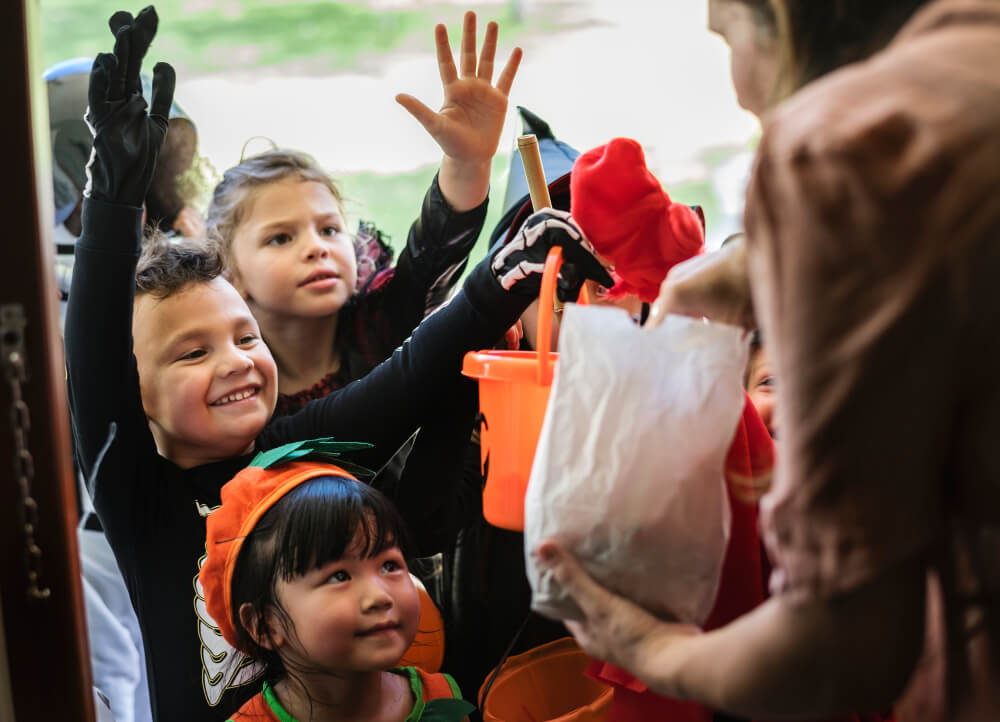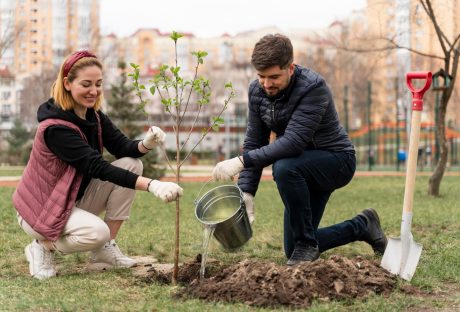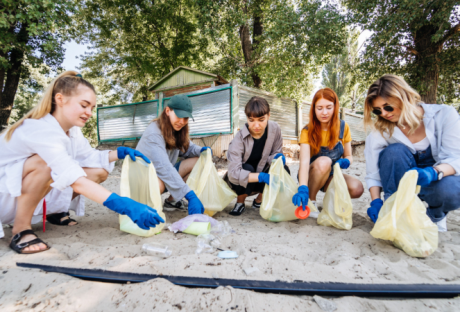Children often grow up surrounded by familiar routines—the same streets, the same schools, the same circle of friends. Yet the world they’ll enter as adults will be much wider. Having an awareness of different cultures, traditions, and perspectives can help them move through life with curiosity and respect. Ryan McCorvie’s biography is a great example that shows how families are making intentional choices, such as enrolling children in language-immersion programs, to encourage that kind of global awareness early on.
That doesn’t mean families need to pack their bags for international travel. “Everyday choices at home can shape the way kids see the world,” says McCorvie. “Picking up a storybook set in another country, learning a phrase in a new language, or tasting food from a different culture all give children glimpses of life outside their own.”
Consistency matters more than one-off experiences. When kids see difference presented as normal and interesting, they grow more comfortable with it. Over time, that mindset encourages them to ask questions and form genuine connections rather than relying on assumptions.
Why a Global Perspective Matters
Kids who grow up seeing variety as natural tend to be less quick to judge. A classmate who eats something unusual for lunch becomes an opportunity for conversation rather than teasing. That kind of response builds empathy early, which makes a difference in how children relate to others.
This outlook also shapes how kids handle change. When they’re used to learning about other ways of living, they’re less likely to freeze up when faced with something unfamiliar. Whether it’s starting at a new school or joining a different soccer team, adaptability often comes easier to them.
What’s more, a broader perspective feeds curiosity. Children begin to ask why certain traditions exist, why languages sound different, or why families celebrate in their own ways. Those questions lead to learning that feels exciting rather than forced, giving them tools to approach new ideas with interest rather than hesitation.
Ryan McCorvie: Introduce New Languages
Language is one of the simplest ways to show kids that the world is diverse. A family might decide to greet each other in Spanish at breakfast, or sing a French nursery rhyme in the car. Even if the vocabulary is limited, the act of switching words signals that communication can happen in many forms.
“Parents don’t have to be experts to do this,” says McCorvie. “Picture books with both English and another language, short beginner videos, or children’s apps can all make it easy to explore together.” Kids often enjoy correcting a parent’s pronunciation, which turns learning into something playful.
Learning a language also helps children understand how others see the world. A study highlighted in The Atlantic found that children ages four to six who were bilingual or had exposure to a second language correctly understood another person’s perspective 75 percent of the time, compared to 50 percent for kids without that exposure. That difference shows how language learning helps children tune in to what others might see or feel.
Explore Stories and Media from Around the World
Stories carry culture in a way that lectures can’t. A picture book set in Nigeria or a cartoon from Japan lets children step briefly into another setting. Even if the storyline is simple, the background details—food, clothing, family roles—spark curiosity.
Parents can turn this into a conversation without making it feel like schoolwork. After finishing a story, they might ask, “Did you notice how that family celebrated?” or “What looked the same as how we do it?” These quick questions help kids connect what they saw with their own experience.
Research also shows that stories do more than entertain. Studies published in the National Library of Medicine have found that reading fiction is linked to stronger empathy and theory-of-mind abilities, meaning children who read are often better at imagining what others feel or think. This makes diverse stories a powerful tool for helping kids relate to people whose lives look different from their own.
Empathy grows when children identify with characters who live differently. A child who relates to a character’s nervousness on the first day of school sees that emotion as universal, even if the setting is across the globe. That recognition plants the idea that differences exist alongside shared human feelings.
Bring Cultures into Everyday Life
Culture becomes most memorable when it’s experienced with the senses. Cooking together is a natural entry point. Trying a Mexican dish one week and a Thai meal the next can spark conversations while giving kids a taste of something new. Involving them in picking ingredients or stirring the pot makes the experience hands-on.
Music offers another path. Playing a traditional song while cleaning up or showing a short dance video can quickly introduce a new style. Even if kids laugh at first, rhythm and repetition often grab their attention, and they remember it long after.
Holidays also bring cultures to life. Setting up paper lanterns for Lunar New Year or lighting candles for Diwali shows that the calendar includes more than just birthdays and local traditions. When possible, attending cultural festivals or visiting museums adds another layer by connecting the experience to real communities. Evidence supports this: the Young HUNT Study in Norway found that adolescents who participated in cultural activities reported higher life satisfaction and better self-perceived health compared to those who did not.
Build Real Connections
Ideas sink deeper when tied to actual people. A postcard from a pen pal abroad or a classroom video chat with another school makes culture less abstract. Kids suddenly have a name and a face to associate with a different country.
These connections don’t need to be permanent or formal. A short project exchanging drawings or photos can leave a strong impression. Children begin to see that while traditions vary, friendships feel the same.
Conversations with peers from other cultures also teach patience and listening. Kids might need to explain their own customs while hearing about someone else’s. That back-and-forth exchange helps them appreciate both sides, and it builds communication skills that will serve them in many settings.
Travel—and Notice What’s Close to Home
Traveling abroad is a powerful way to broaden perspective. A child who visits another country remembers not just the big landmarks but also the everyday details—like how breakfast is served or how playground games differ. Those small observations shape their sense of the world.
Of course, international trips aren’t always possible. Families can still look for opportunities closer to home. Visiting a local neighborhood known for a different cuisine, attending a cultural festival, or exploring a nearby place of worship can be just as eye-opening.
What matters is encouraging children to pay attention. Parents might ask, “What do you notice that’s different here?” or “How is this the same as what we do at home?” Those questions shift kids from passive observers to active learners.
Talk About Responsibility Beyond Borders
Global awareness isn’t only about what children see—it’s also about what they do. Kids can start to understand that their actions ripple outward, even if they can’t see the direct effects.
For younger children, the concept can be simple. Recycling, turning off lights, or donating a toy shows that small choices connect to the well-being of others. Older kids might take part in a local service project and connect it to a broader issue, such as helping communities facing similar challenges elsewhere.
The goal isn’t to overwhelm kids with global problems but to help them see themselves as part of a bigger picture. When they understand that their choices matter, they begin to view global citizenship as a natural extension of daily life.
The Takeaway
Parents don’t need elaborate plans to help children develop a global outlook. Small actions—a book, a song, a meal—introduce variety in ways kids remember. Over time, those experiences add up, shaping how children approach difference and similarity alike.
The reward is kids who ask questions rather than make assumptions, who feel curious rather than wary, and who recognize both the uniqueness and the common ground in the people they meet. That perspective makes the world feel less distant and more connected, even from the comfort of home.






















